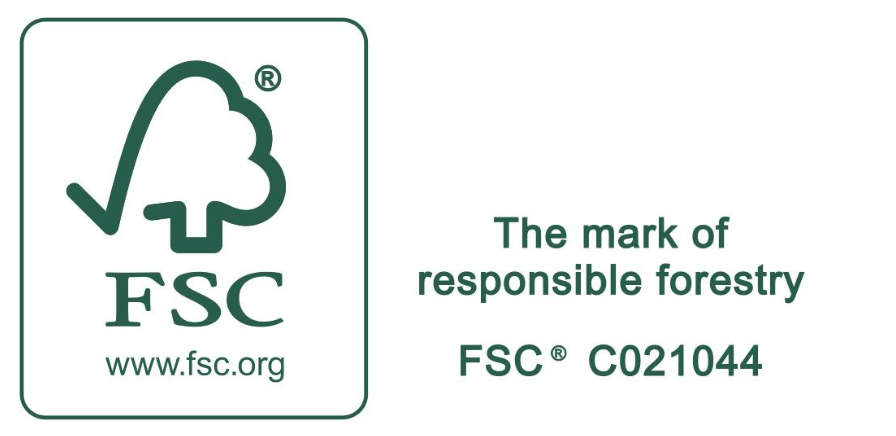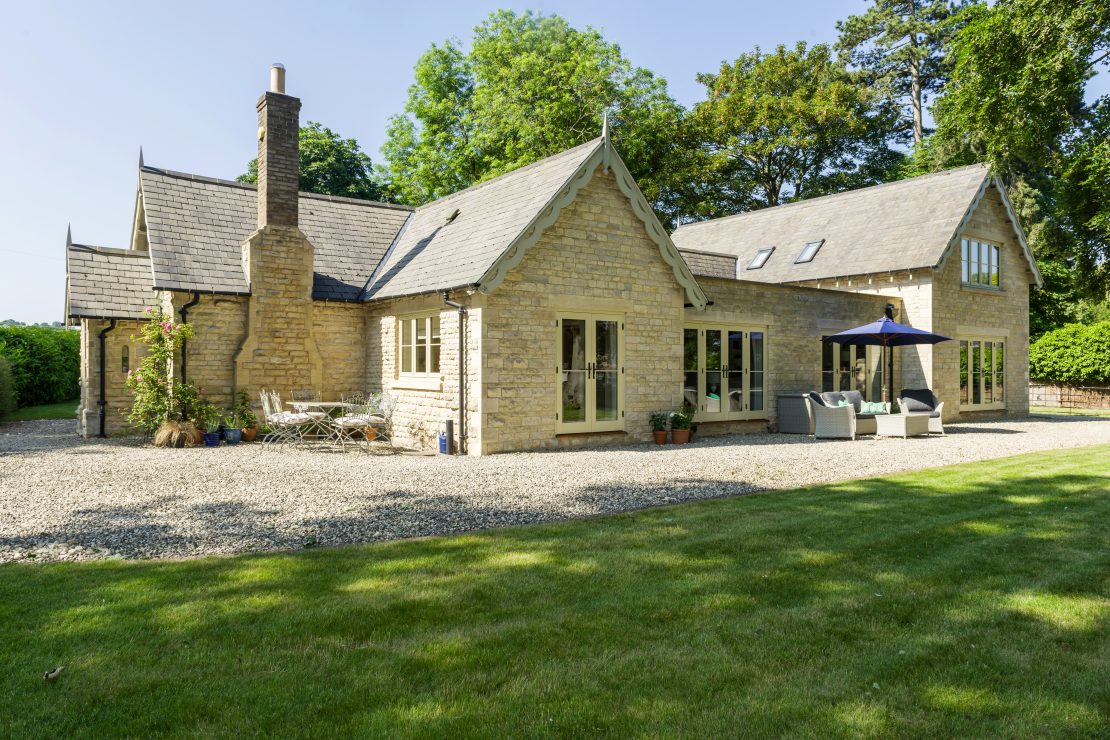July 29, 2022
Paul Iddon RIBA & Vice President of Manchester Society of Architects
There’s lots of noble talk when it comes to sustainable specification, but the reality is disappointing to say the least. Why don’t architects specify timber windows?
We use timber to make our windows. It’s the best material, so that’s a great position to be in. But we try to reduce waste, so optimise cutting uses that timber as efficiently as possible and use any waste to power our boiler, which then heats the factory
Tom Wright
It’s July 2022 and the RIBA election for the next President is coming to a close. As you’d expect, high on the agenda of all the candidates is the climate crisis. The architectural press and social media are awash with interviews and opinion pieces on the desperate urgency of necessary change in the profession. Elsewhere, there are declarations and prognostications, passionate exchanges and bitter recriminations about design and construction from voices across the industry. All the candidates are acutely aware of the primary challenge of our age. A recent survey in Building Design Online stated:
When asked what the main design trends are, in an open question, 47% of respondents said sustainability. The sustainability of materials crops up repeatedly; this includes using materials and products with low embodied carbon
BDOnline 26th April 2022
During the campaign period the highest ever temperature in the British Isles of 40.3C was recorded on Tuesday 19th July 2022 at Coningsby in East Lindsay, Lincolnshire.
Eighteen miles to the south lies Donington, home of the 138 year old family-run business George Barnsdale, now in its 5th generation of crafting timber windows and doors under Managing Director Tom Wright. To say Tom is a passionate advocate of sustainability is a bit of an understatement. He is one of those rare people who practices what he preaches, striving to change his business from the ground up. A measured, careful man, Tom has the air of someone with a deep awareness of legacy and ancestry, who can see far across his experience to a horizon beyond his own tenure.
Imagine then his frustration reading a transcript of recent round table research carried out by the company amongst a group of architects and practice owners on their attitude toward specification of timber windows. Speaking to me as he swelters on the hottest UK day ever, knowing he has worked assiduously to be part of the solution in the state-of-the-art factory on the other side of the door to his overheated office. As you might expect, he is dismissive of much of industry’s declarations of their ‘green credentials’.
A lot of talk around sustainability is rubbish, and we’ve got to be very careful that we’re not caught up in that same rubbish.
Tom Wright
It makes for uneasy reading, replete with resigned statements of client’s initially positive attitude on sustainability rarely surviving cost considerations when it comes to challenging the bespoke kitchen that they truly desire.
Misconceptions on longevity and maintenance issues seem rooted in past misdemeanours of window manufacture in the 1980’s and 90’s. Timber is perceived as being expensive and one of the easiest areas to save money. Clients are happy to go with “posh uPVC” or cheap aluminium. Many architects lack the confidence and knowledge to defend timber as a sustainable choice.
However, front doors are different, and people are prepared to spend a lot more on a timber door. There’s an insight here – architects do see timber windows as having the potential to be a premium, more luxurious solution.
Cheaper windows will be used to pay for the front door
The discussion in the round table raised the issue of embodied carbon. The fact that timber is carbon negative – sequestering the stuff of greenhouse effect – is universally acknowledged. There’s no way any other product comes close.
But for the moment, it seems that the architect can only succeed so far in promoting responsible construction, despite the evidence reported daily, when it comes to affecting spend on bathrooms and garden features. Unlike charity, it appears sustainability ends at home.
Unlike charity, it appears sustainability ends at home.
It is hard to blame the architect, faced with client’s contradictory desires and contractor’s value engineering demands. The problem is one of values, or should we say the different meanings of the word ‘value’.
The architect has a set of values which is based on a philosophy they spent long hard years developing and honing. The client has a set of values upon which they make budgetary decisions – they want to spend money on what they can directly experience and enjoy – space, amenities, finishes and style. Contractors, often locked into a fixed price seek to engineer ‘value’ which inevitably translates as ‘cheaper’ or ‘cheapest’.
Clients are happy to regularly redecorate their interiors, replacing expensive fittings and fabrics, but may baulk at the very idea of maintaining a window. This is a legacy of uPVC promises of low or no maintenance, which of course is not the case. Glazing units fail, seals and gaskets fail, eventually the finish dulls and weathers.
Clients may want to feel they are ‘doing their bit’ by thinking about using sustainable materials. There’s that persistent nagging doubt that they will eventually face the reality of climate change and what it will mean for their children and grandchildren. But at the moment, not at the risk of losing hugely expensive German-made kitchen or Italian high spec bathroom.
95% of our purchase decisions take place unconsciously
Professor Gerald Zaltman, Harvard Business School
The fact is that no matter how hard we try, we don’t really grasp the mechanics of our choices when it comes to material decisions. We focus on the things that matter to us in the here and now and dismiss the rest, even when we know there’s something wrong. In psychology it’s called ‘confirmation bias’, which we all experience. Were not being reckless, or consciously wilful, we are only human and are subject to human frailties.
A further challenge for timber windows is meeting the contemporary aesthetic ambitions of architects – sightlines, finish, and design. There is a tendency to immediately assume that timber windows mean traditional. This is another misperception that Tom is keen to address.
Traditional materials can also be used in the clean, contemporary design that many architects explore in their work. We always relish the challenge!

Leaving the last word to Tom as he talks to me in that airless, baking day last week:
We are all going to feel the heat sooner or later, its time to reassess our priorities and make different material choices – all of us
By Paul Iddon RIBA




















